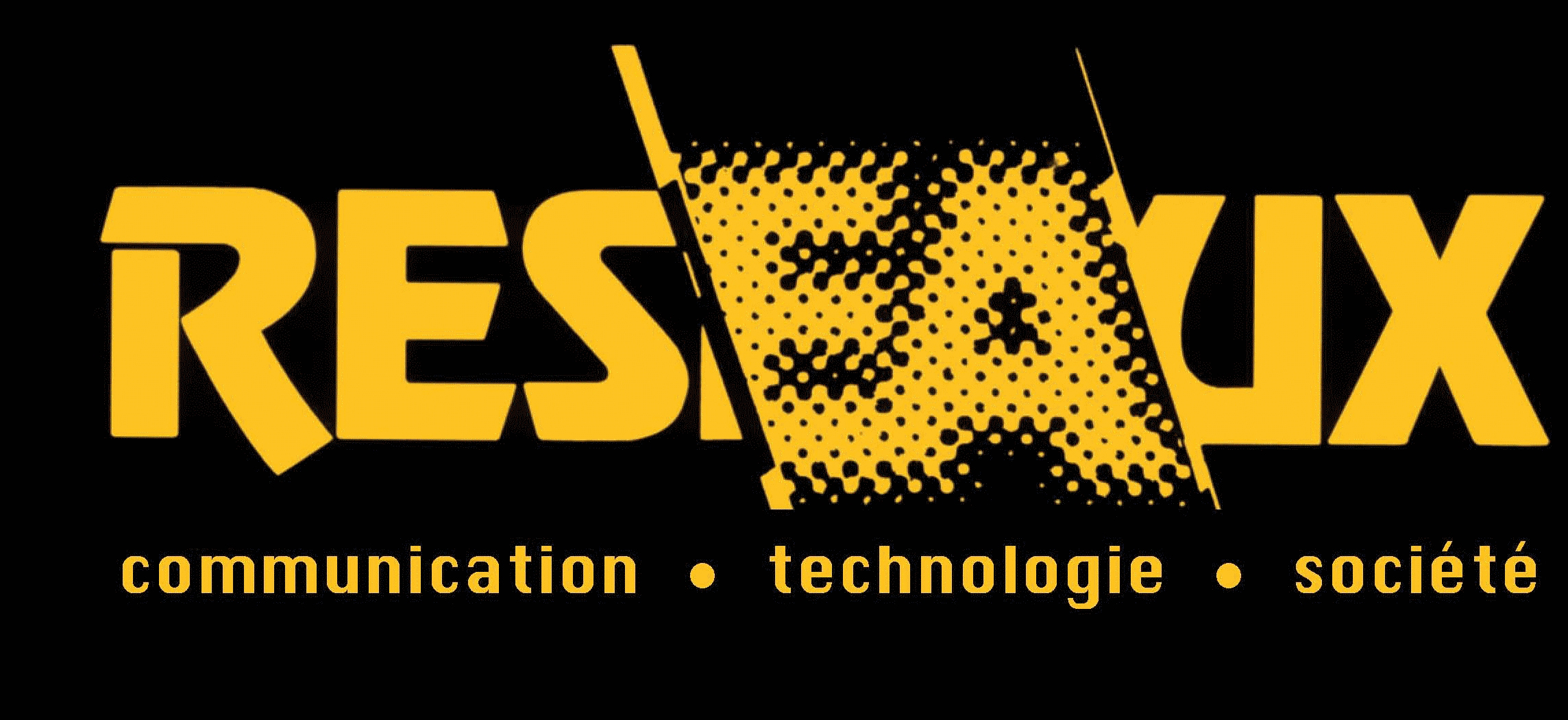Who makes the images legible?
The introduction of automated video surveillance systems has generated extensive controversy over their real usefulness compared to the financial and democratic cost of their implementation. This article aims to contribute to this debate by studying the manufacture and deployment of two automated video surveillance systems: AIView, applied in the video surveillance of shops, and AICity, for the surveillance of public spaces. Our research is based on an end-to-end study of AI systems with the actors involved in their manufacture and operation: data scientists, data workers and system users. We are contributing to the literature by showing that automatic surveillance always relies on human mediators. In order to function, the models rely both on the work of data annotators, who provide it with a simplified vision of reality in the form of data sets, and on video operators who interpret the outputs of the smart systems. These two groups of workers enable the surveillance system to be adapted in real time to the needs emerging from complex situations.
